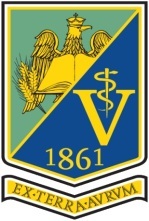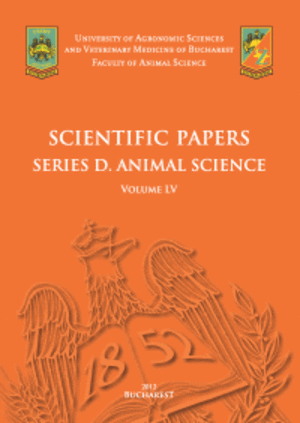Published in Scientific Works. Series C. Veterinary Medicine, Vol. LXXI, Issue 1
Written by Ivona-Maria ZĂBAVĂ, Tudor Andrei KACENCO, Cosmin ȘONEA, Nicolae DOJANĂ
The present work investigates the changes in thyroid control of the laying cycle in Lohmann and Leghorn egg-laying selected hybrids versus unselected Sussex hens. Blood thyroxine (T4) concentration showed an upward trend from 20 to 32 weeks of age (woa), then T4 concentration decreased until 100 wk. The blood T4 evolution curve in Sussex hens was consistently below hybrid chickens (P<0.05). Blood triiodothyronine (T3) also showed an upward trend from 20 to 32 woa, followed by a plateau until 36 woa, after which, the T3 showed a slow downward trend until 100 woa. The increase in T4 and T3 levels during the period of laying was related to the increase in photoperiod. Both hybrid and Sussex hens showed a decrease of T4 to T3 conversion after 32 woa. The conversion capacity decrease was higher in hybrids versus Sussex. Blood T3 evolution levels correlated negatively and weakly with egg-laying intensity (r=-0.81 in Sussex, r=+0.05 in Lohmann and r=+0.17 in Leghorn) but positively with oviduct weight/body weight ratio (r=0.81 in Sussex, r=0.66 in Leghorn and r=0.49 in Lohmann hens).
[Read full article] [Citation]



